What is an isolation transformer? working, Benefits, and application?
Table of Contents
Introduction
Isolation transformer is a type of transformer that separates the electrical supply from the connected device. it prevents direct electrical contact between the power source and the equipment for improving safety and reducing the risk of electric shocks.
In this this article we will explore how isolation transformers work, their key benefits, and common application across various industries
What is an isolation transformer?
An isolation transformer is types of electrical transformers that electrically separates the primary and secondary windings to preventing direct current flow between them this isolation transformer enhances electrical safety, because it reduces noise and interference and projects sensitive equipment from power surges .it is a commonly used for a medical device, industrial machines and it systems for stable and safe power supply
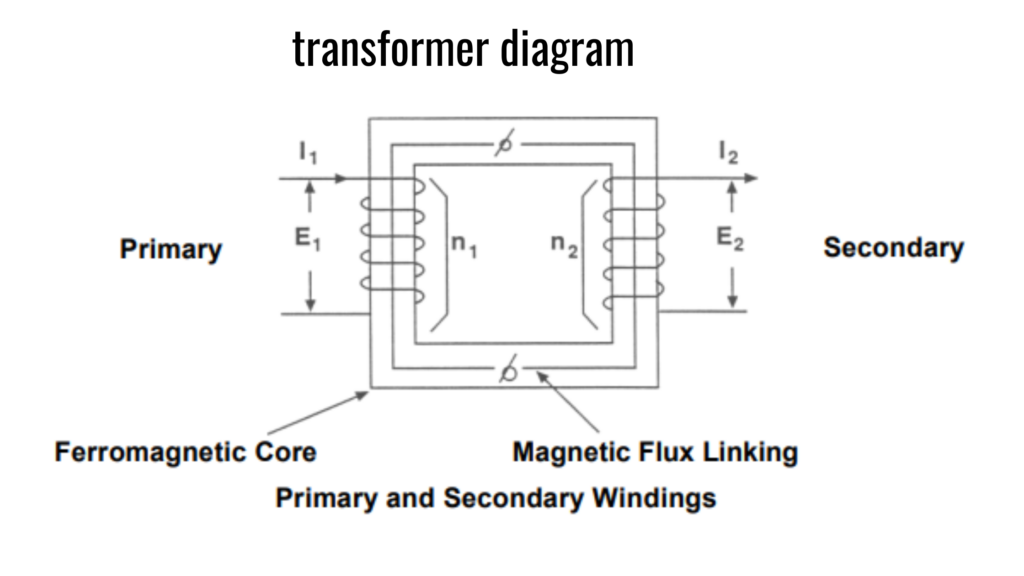
Importance of isolation transformer in electrical safety and noise reduction
- Electrical Safety
Prevent electrical shock: when the primary and secondary winding are electricity insulated, there is no direct connection to the power source redacting the risk of electrical shock.
protects equipment and users: isolation transformers prevent leakages current from reaching connected devices, making them essential for medical and industrial application.
Reduces Ground loops: the isolated the load from the main power supply, they eliminate ground loops that can cause un wanted voltage for a difference and potential hazard.
- Noise Reduction
Eliminates Electrical Noise: isolation transformers filter out electromagnetic interference (EMI) and radio frequency interference (RFI) cleaner power for sensitive electronics. Overall isolation transformers play a role of maintaining safe, clean and stable power in various industries
How does an isolation transformer work?
an isolation transformer operates on the principle of electromagnetic induction; it consists of two separates winding. the primary winding which connects to the power source and the secondary winding which supplies to the connected equipment, isolation transformers are designed with attention to capacitive coupling between the two windings the capacitance between the primary and secondary winding would also ac current from the primary to the secondary. this may be another winding or metal trip surrounding a winding differential noise can magnetically couple from the primary to the secondary of an isolation transformer and must be filtered out if a problem occurs.
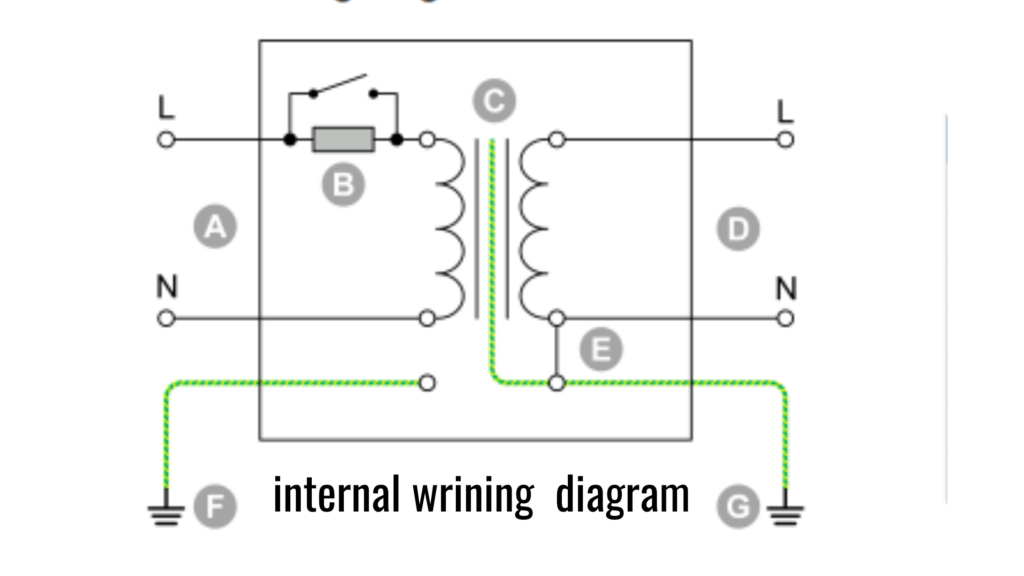
what are the different types of isolation transformer?
there are several types of isolation transformers each design for a specifications
1. single phase transformer
used in residential and commercial application that provides electrical isolation and protect from surges and noise
2. three phase isolation transformer
used for industrial application requiring high power that helps in balancing load and reducing harmonics in three phase
3. step up & step down transformer
step up increases voltage while maintaining isolation where step down decreases voltage for safe operation of low voltage equipment
4. control isolation transformer
provides stable voltage for control circuits in industrial machines to un interrupted operation of automation and control systems
5. high frequency isolation transformer
used in switching power supplies and inventers circuits for working efficiently at high frequencies for reducing size and weight
Advantages and Dis advantages of isolation transformers
Advantages of isolation transformers
1. electrical safety : completely isolate the primary side and secondary circuit ,for preventing direct electrical connection it reduces the risk of electric shock
2. Noise Reduction : it filters out of electrical noise and interference for clean power supply for essential for sensitive devices and medical equipment
3. voltage regulation : provides stable voltages and improving the performance f connected devices
4. surge protection : protects connected devices from the surges ,and spikes ,voltage fluctuation
5. improves safety : reduced the risk of short circuit and electrical fire hazard
6. equipment lifespan : increases life span of components connected
Dis advantages of isolation transformers
1. high cost : it’s a more expensive than conventional transformers due to additional insulation and safety features
2. energy losses : some energy is lost as heat to resistance and magnetic losses reducing efficiency
3. limit power capacity : not suitable for high power application where direct power transfer is requires
Application of isolation transformers
1. industrial use : protects machinery from voltage fluctuations
2. medical equipment : for safe operation of MRI and X-ray machines
3. home &offices : protects against surges in computers and electronics
4. safety enchantment : for electric shock and fires
5. Audio and video systems : reduces for noise and also improves sound clarity
6. power quality improvement: for efficiency and stability
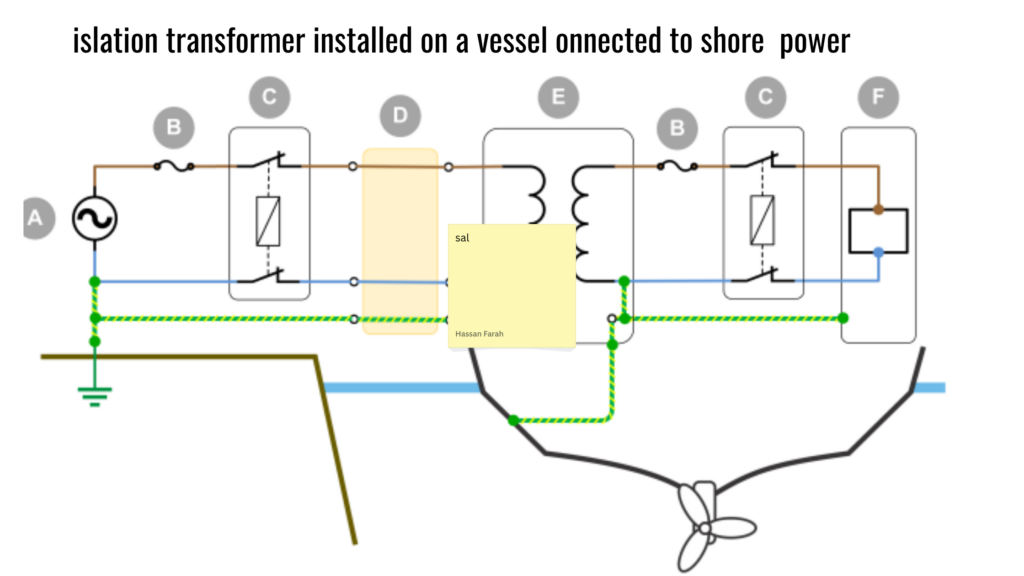
How to Choose an isolation transformer?
1. voltage and current rating
the transformer matches the input and output voltages requirements of your system check the current rating to handle the load without overheating .
2. Power Capacity (KVA)
isolation transformer are related in kilo volt ( kVA) choose a transformer with at least 25% more capacity than your system and total power re-equipment to safe and efficient operation .
3. Frequency compatibility
most transformers in the world they have a different frequencies for 50HZ or 60HZ operation so choose the frequency rating matches your electrical system .
4. Efficiency and losses
high efficiency transformer reduce energy losses choose transformer with low no load losses and high energy frequency rating
5. Safety and standard compliance
make sure chose internal national like UL, IEC, IEEE for safety and reliability for your application
conclusion
an isolation transformer is a device that enhances safety reduces electrical noise and protects sensitive equipment by isolating the primary and secondary circuits it works by transferring power through electromagnetic induction without direct electrical connection these transformers are widely use in medical and industrial and it application for stable and noise free power directly and improving performance isolation transformers are an essential component in modern of electrical system
FAQS
1. what is isolation transformer?
an isolation transformer is a types of transformer that separates the primary and secondary winding to prevent direct electrical connection for safety and reducing electrical noise
2. how does an isolation transformer work?
it works by using electromagnetic induction to transfer electrical between the primary and secondary winding without a direct conductive path provides from the the source
3. what is the purpose of an isolation transformer?
the primary purpose is to protect sensitive equipment electric shock and ground loops that cause electrical noise
4. where are isolation transformer used?
the most common used in hospitals ,laboratories , industries machines power electronics data centers and audio / video system
5. how do i choose the right isolation transformer?
choose factors like voltage rating ,power capacity , frequency application ,type, and safety standard when selecting an isolation
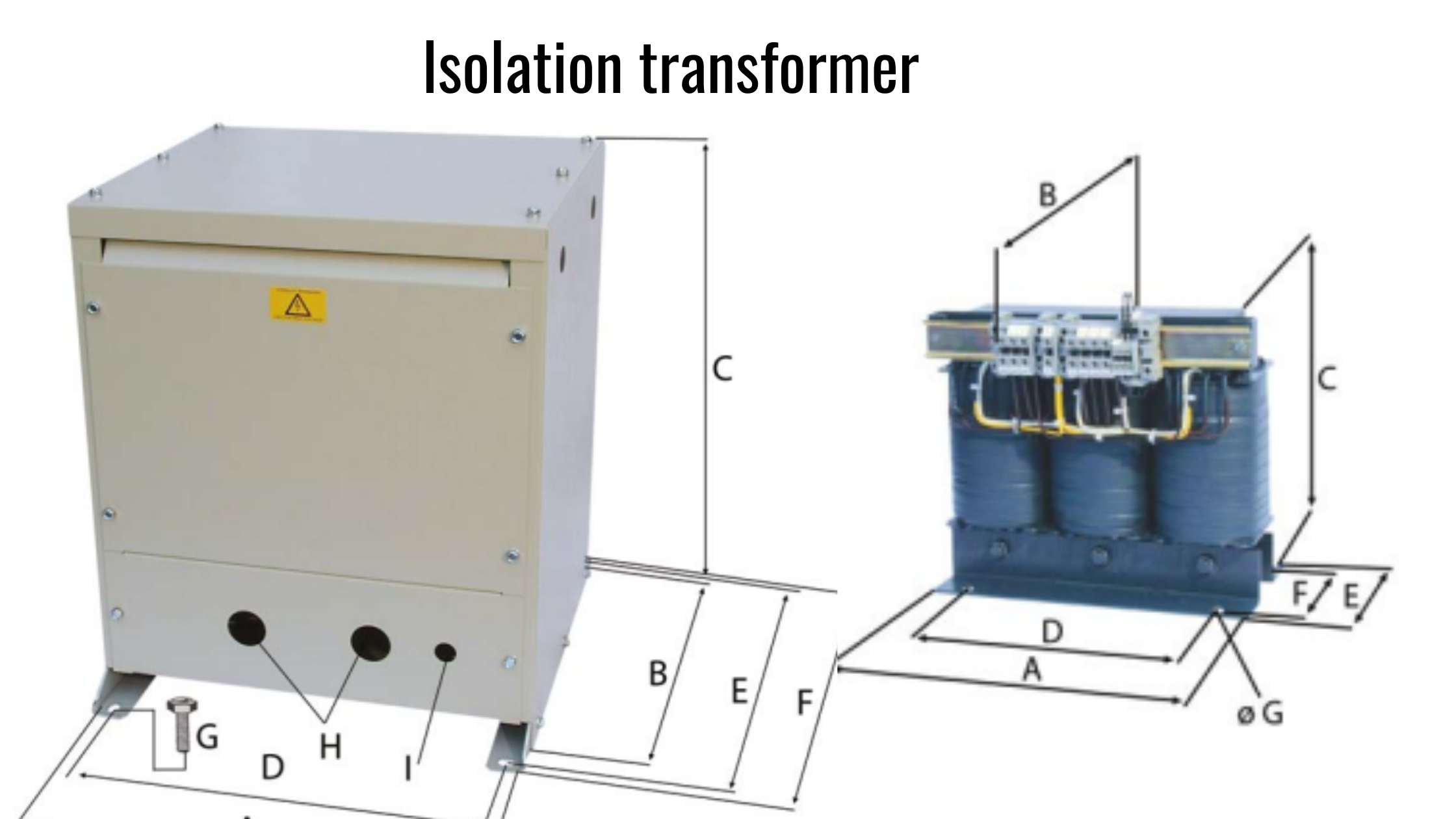

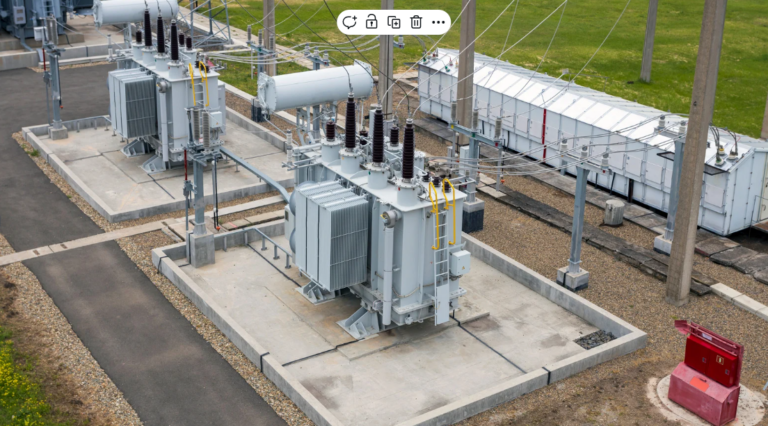
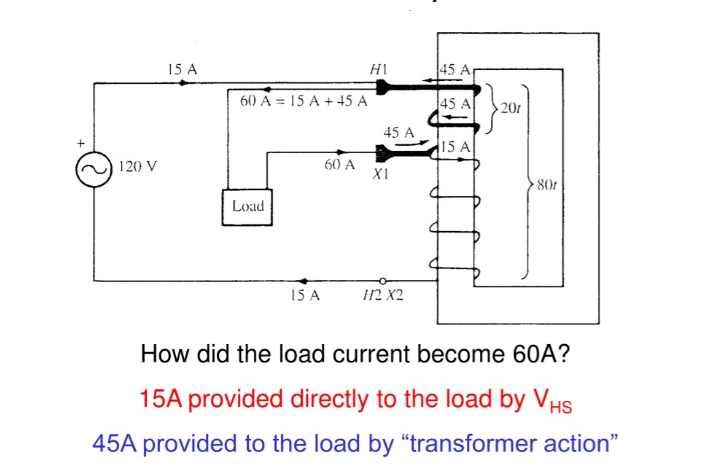

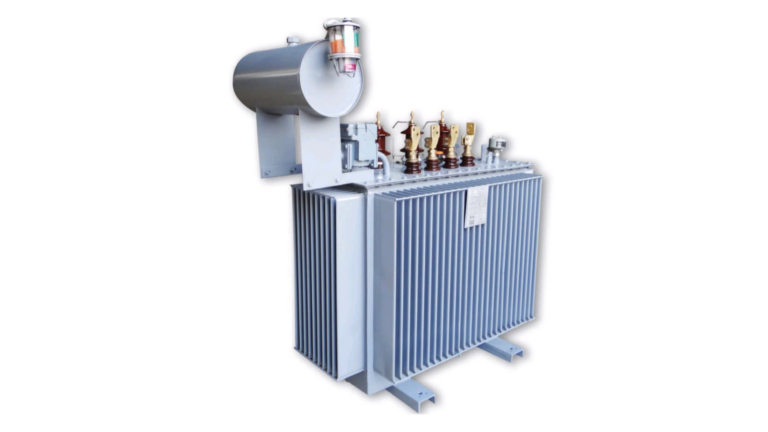

Good https://is.gd/tpjNyL
Very good https://is.gd/tpjNyL
Very good https://lc.cx/xjXBQT
Good https://is.gd/N1ikS2
Very good https://is.gd/N1ikS2